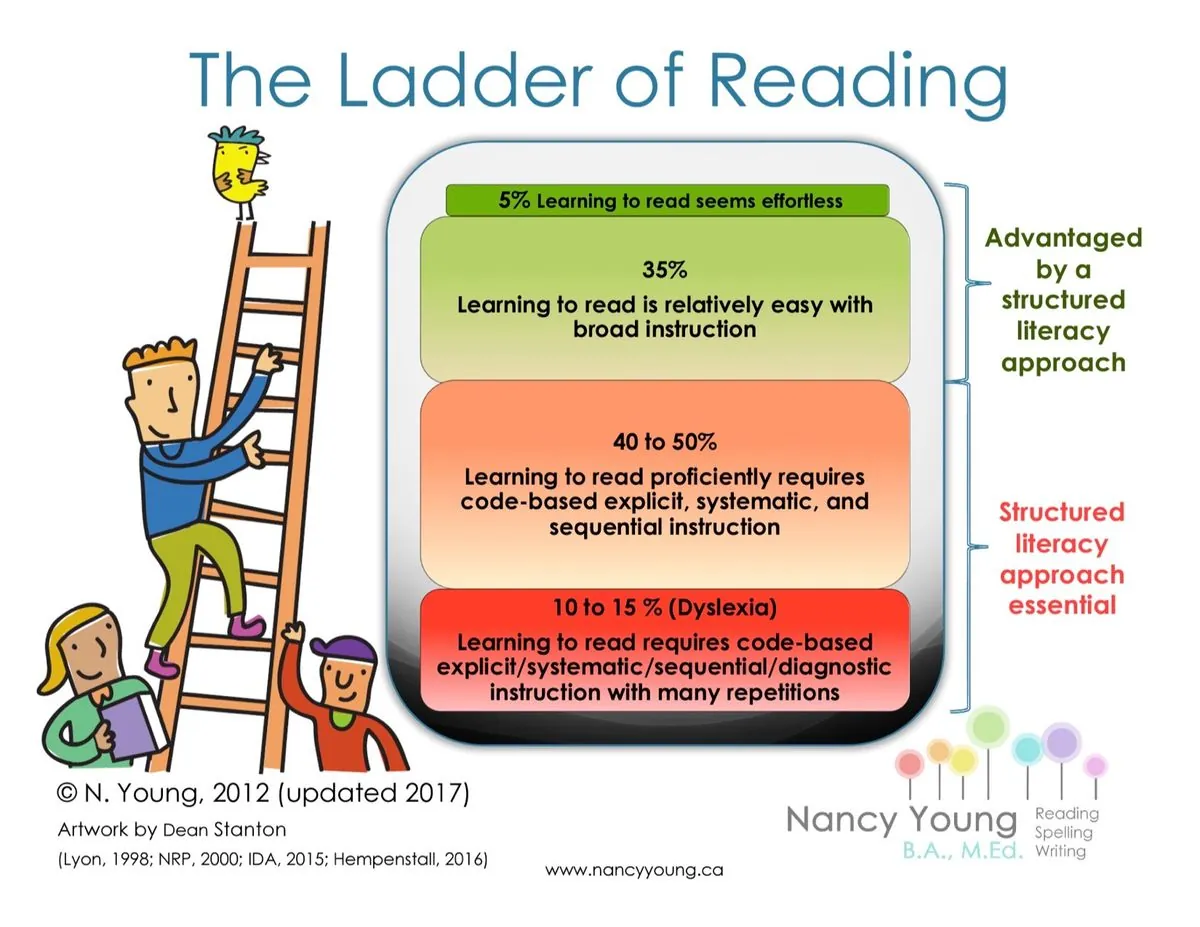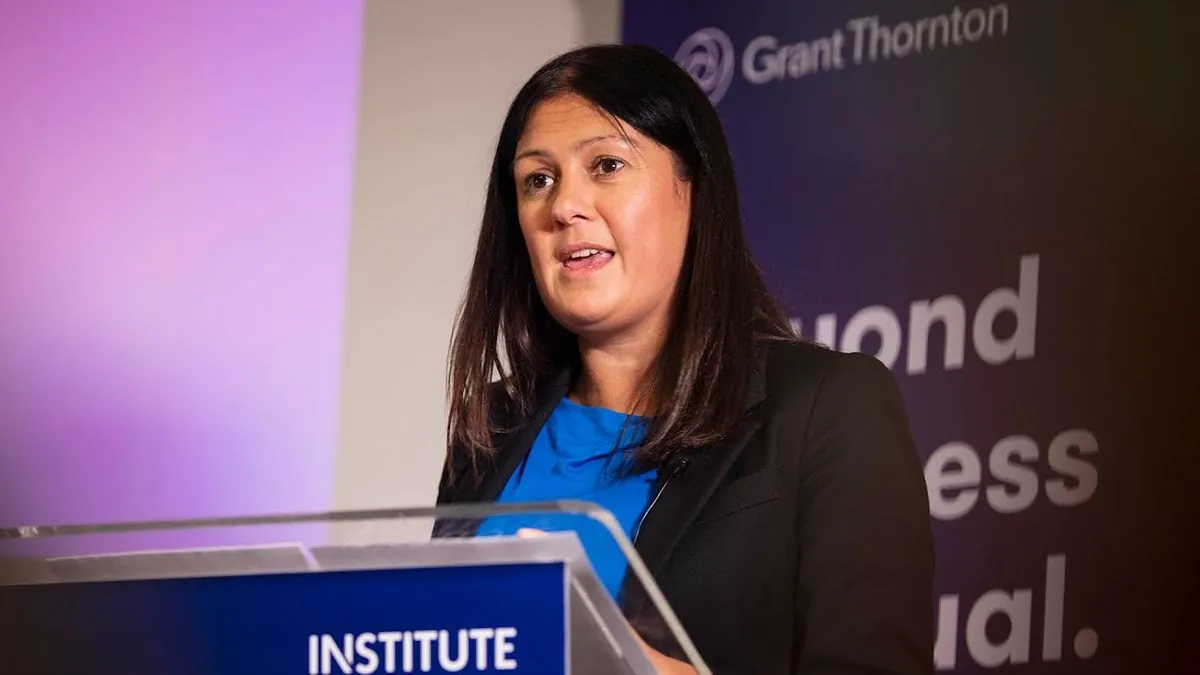Dyslexia Myths Persist Among Experts, Risking Misdiagnosis in Children
A study reveals widespread misconceptions about dyslexia among specialists, potentially leading to misdiagnosis. Researchers call for standardized approaches and government guidance to improve identification processes.

A recent study conducted by the University of Durham has uncovered a concerning trend in the field of dyslexia diagnosis. The research, published in the Annals of Dyslexia journal, reveals that a significant number of dyslexia specialists in the UK hold beliefs about the condition that are not supported by scientific evidence.
The study surveyed 275 dyslexia professionals involved in student assessments. Alarmingly, 61% of these experts believe that individuals with dyslexia read letters in reverse order, a myth that has been debunked by scientific research. Additionally, 30% of the specialists incorrectly assume that letters jumping around is a key feature of dyslexia.
These misconceptions are not limited to visual symptoms. The survey found that 17% of experts believe dyslexics are highly creative, 15% think they have problems reading words in certain colors, and 12% associate dyslexia with difficulties reading specific fonts. These beliefs are not supported by scientific evidence and are listed as common misconceptions by the International Dyslexia Association.

The study also highlights a lack of standardization in dyslexia assessment methods. While three-quarters of the professionals use tests recommended by the Specific Learning Difficulty Assessment Standards Committee, 82% rely on additional indicators. This inconsistency raises concerns about the reliability and consistency of dyslexia identification processes.
Johnny Daniel, the lead author of the report and a professor at Durham University's school of education, emphasizes the need for government guidance on identifying dyslexia among pupils. Currently, there is no official government policy in the UK on how to identify dyslexic students, with schools typically deferring to specialists when a pupil performs poorly in standardized assessments.
The research also sheds light on socioeconomic factors affecting dyslexia diagnosis. Previous studies suggest that families with higher parental income are more likely to receive a dyslexia diagnosis. This disparity is partly due to the high cost of child dyslexia tests, which are not typically available on the NHS and can cost between £500 and £700.
It's important to note that dyslexia affects about 20% of the population and represents 80–90% of all learning disabilities. The term "dyslexia" was coined in 1887 by Rudolf Berlin, a German ophthalmologist. Despite common misconceptions, dyslexia is not related to intelligence, and people with all levels of IQ can be dyslexic.
Brain imaging studies have shown differences in brain structure and function in individuals with dyslexia. The condition often runs in families and has a genetic component. Early intervention is crucial for helping individuals with dyslexia develop effective reading strategies.
The study's findings come at a time when the number of pupils receiving special educational support in England is on the rise. In the current academic year, 1.2 million pupils are receiving such support, marking a 4.7% increase compared to the previous year. Additionally, the number of Education Health and Care Plans (EHCPs) issued to pupils with complex special needs has increased by 11.6% this year, totaling more than 434,000.
Exam accommodations have also seen a significant increase. Department for Education data from 2023 shows that around 366,000 pupils were granted 25% more time than other candidates during exams. This represents a 42% rise since 2019, meaning that one in four pupils sitting formal exams last year received extra time.
As the debate on dyslexia diagnosis and support continues, it's crucial to remember that while there is no "cure" for dyslexia, various teaching methods and technologies can help manage its effects. The use of assistive technologies, like text-to-speech software, can significantly aid individuals with dyslexia in their daily lives and academic pursuits.
"Our findings show that there is a need for government policy to guide how students with reading disabilities should be assessed, based on reliable evidence."
The study's results underscore the urgent need for standardized approaches to dyslexia identification and the importance of debunking prevailing misconceptions. As research in this field progresses, it is essential that professionals stay informed about the latest scientific findings to ensure accurate diagnosis and effective support for individuals with dyslexia.


































